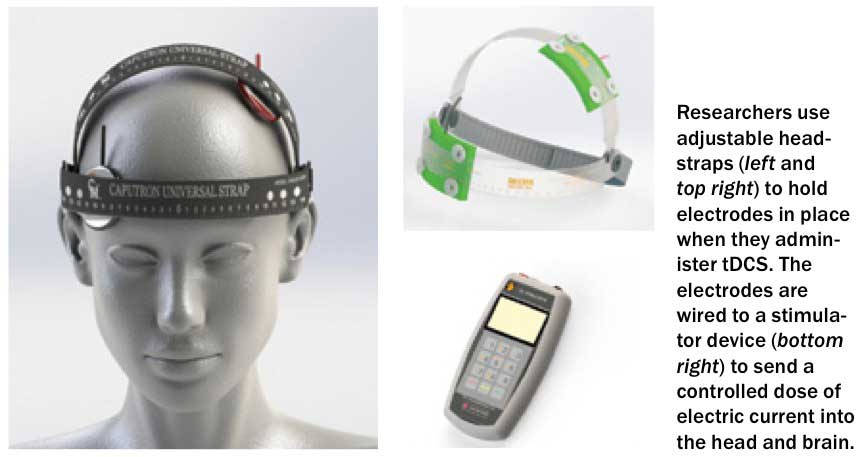The ‘online’ (stimulation during training) vs. ‘offline’ (stimulation prior to or after training) question is addressed here in this study I only have the abstract for. But in this case “These data suggest that tDCS performed before – not during or after – promotes optimization of motor training-induced plasticity.” Keep in mind that, there are many (montage, kind of test/training) variables and that other studies have shown advantages to online training.
Noninvasive brain stimulation has recently been used to augment motor training-induced plasticity. However, the exact time during which noninvasive brain stimulation can be combined with motor therapy to maximize neuroplasticity and behavioral changes is unknown. We conducted a randomized sham-controlled crossover trial to examine when (before, during, or after training) transcranial direct current stimulation (tDCS) should be applied to best reinforce motor training-induced plasticity in 12 healthy right-handed participants (mean age: 21.8±1.6) who underwent active or sham tDCS combined with motor training. Transcranial magnetic stimulation-elicited motor-evoked potentials from the right first dorsal interosseous muscle were recorded before (baseline) and immediately after each session. The training task comprised four practice trials – 3 min each (30 s pause between trials) – of repetitive finger movements (thumb abduction/adduction) with the right hand. Anodal tDCS (1 mA, 13 min, on the motor primary cortex) was applied before, during, and after the training. Compared with baseline motor-evoked potentials and the sham condition, tDCS that was applied before, but not during or after, the motor task enhanced corticospinal excitability. These data suggest that tDCS performed before – not during or after – promotes optimization of motor training-induced plasticity.

